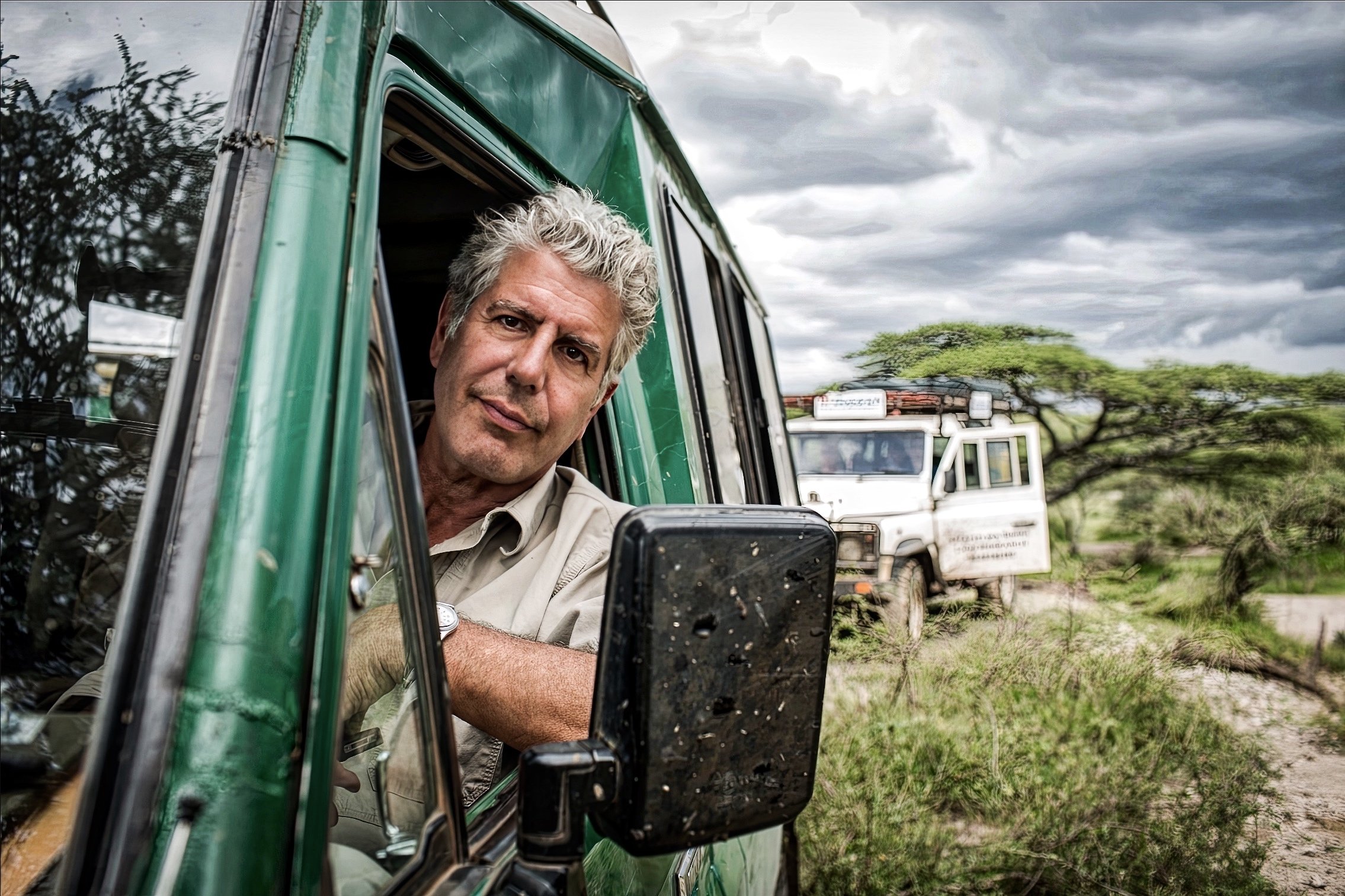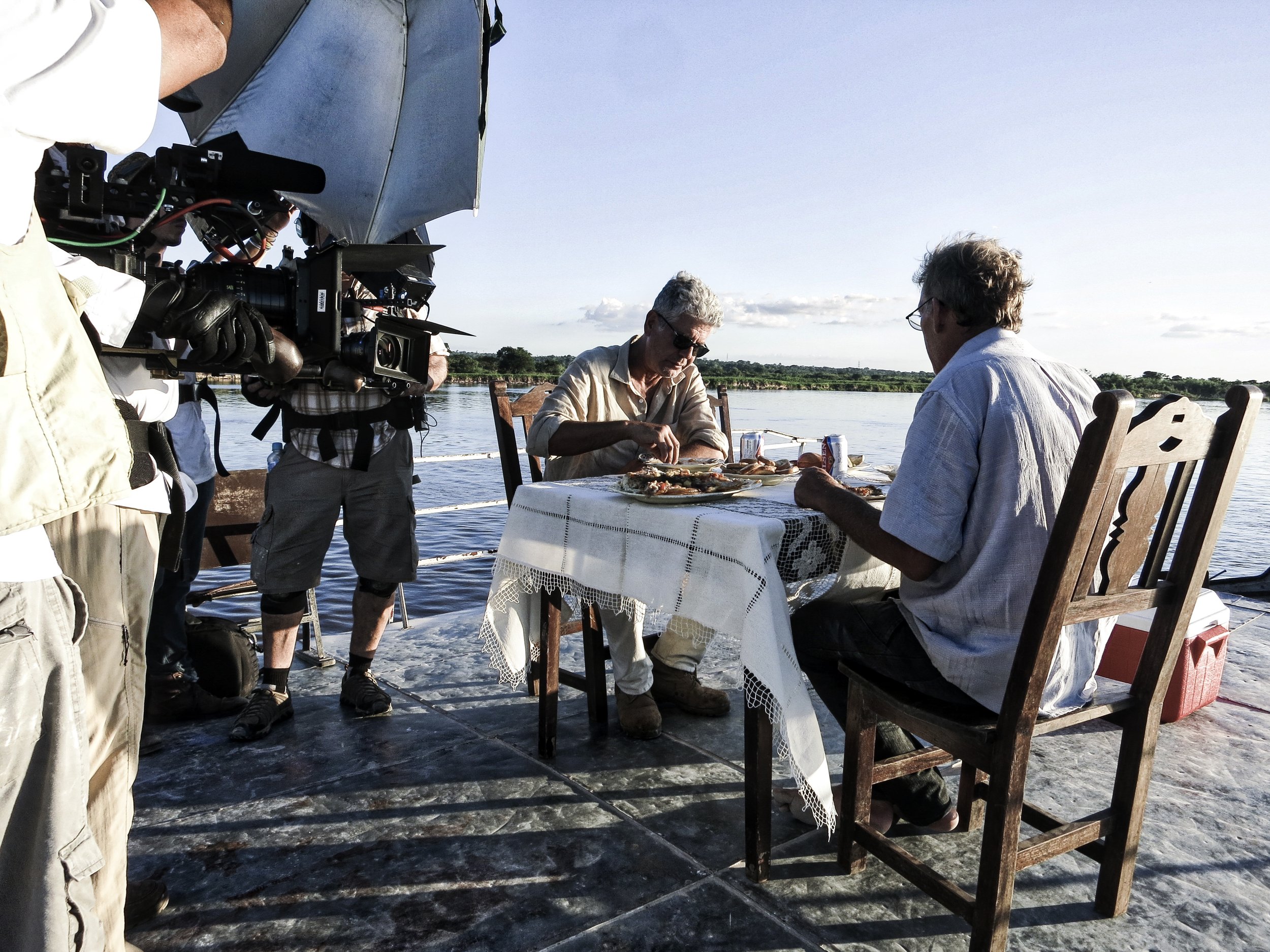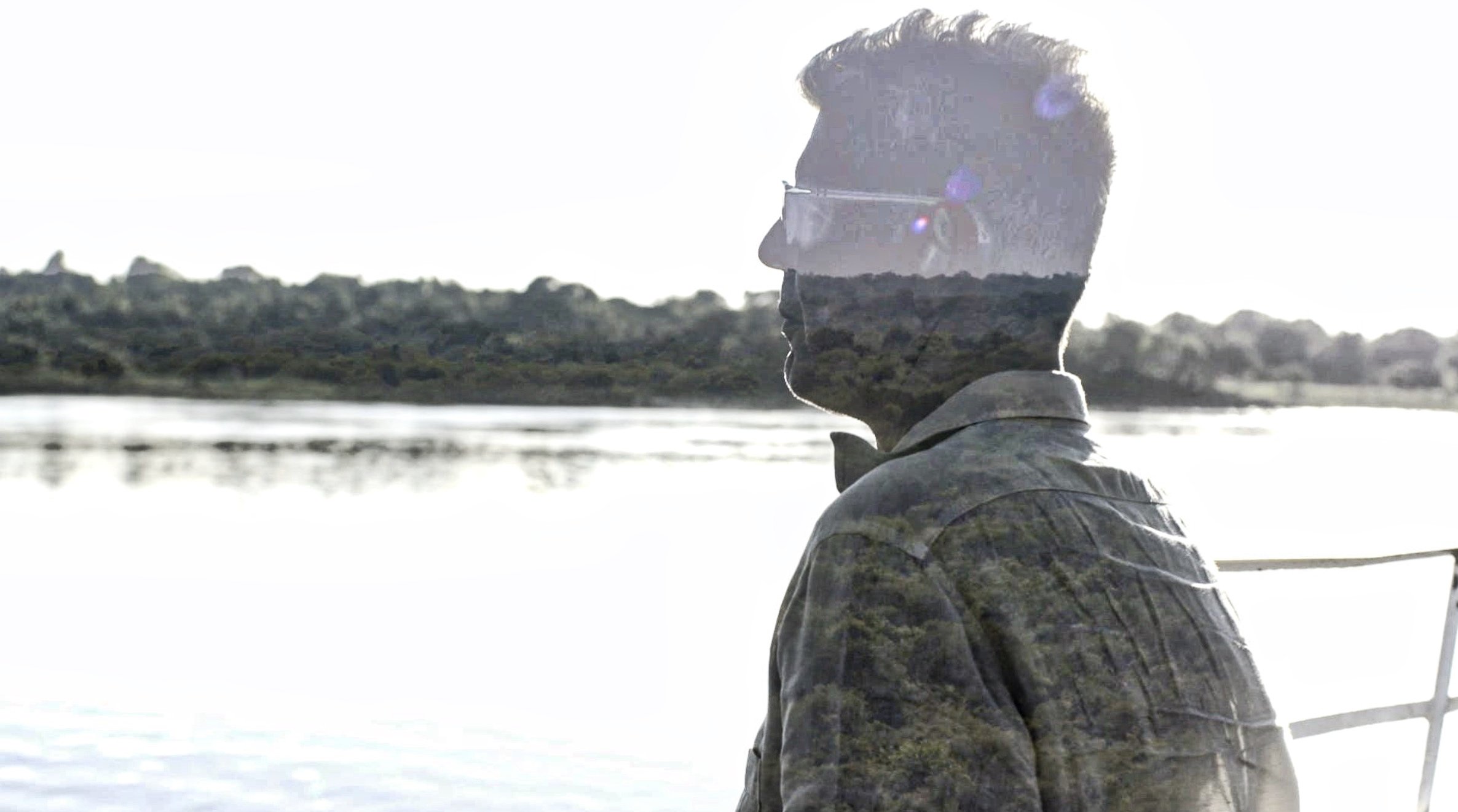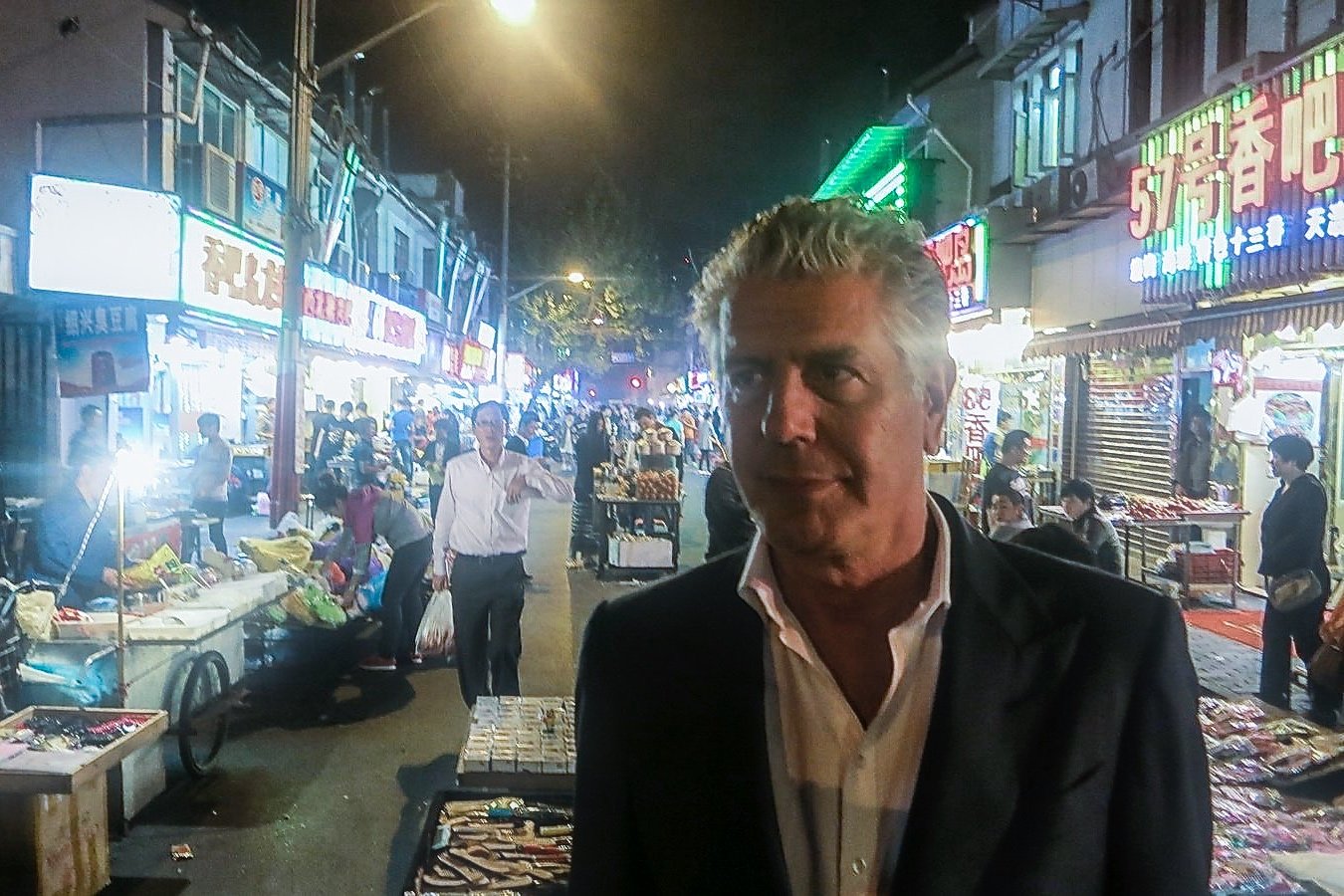“I went looking for the dream of Africa. I woke up in Tanzania.” This was Anthony Bourdain on East Africa, in 2014. As with so many explorers before him, from David Livingstone to Sir Richard Francis Burton and Henry Morton Stanley, he found what he was looking for.
This one was personal for me.
I have been to Tanzania numerous times as a wildlife photographer, a wanderer curious about the birthplace of humankind, and an admirer of Anthony Bourdain’s work and life outlook.
Palaeoanthropologist Mary Leakey’s discovery in July 1959 — the year I was born — of the Laetoli footprints, 3.75 million-year-old fossilized hominid remains at Olduvai Gorge in the Serengeti plains of northern Tanzania, included a jaw bone of one of our earliest recorded ancestors, Zinjanthropus boisei — literally “East Africa man.”
The name was later revised to Australopithecus boisei, the australopithecines being the closest known relatives of modern humans and potentially the missing link between the hominid split from the apes of the mountain forests to Tanzania’s west and who we are today.
If nothing else, this is where humans learned to walk upright, on two legs. That’s a big deal!
It makes perfect sense that the lure of Africa — “I went looking for the dream of Africa. I woke up in Tanzania,” Bourdain said in Tanzania’s opening voiceover in a CNN Parts Unknown episode from 2014 — would prove irresistible to a philosopher traveller who, in four consecutive episodes in what would prove to be Parts Unknown’s arguably strongest season, lifted the veil on Paraguay, Vietnam, Tanzania and Iran over four weeks in October and November 2014.
As an admirer of Tony Bourdain’s work and life outlook — albeit as a latecomer to the Bourdain oeuvre — I was curious how he would approach Tanzania. What, if anything, would he get wrong?
Nothing, as it turned out.
It’s a strong episode, one of his finest, but possibly only someone close to it can truly understand just how much thought went into it, much of that thought not evident on the screen. This is not your typical touristy what’s a good place to stay and eat TV travelogue (“and now a word from our sponsors”). This was deeper. This was Bourdain.
For starters, take another look at the name Zinjanthropus. Zinj is the ancient Arabic word for the East African coast, and it was from here — Zanzibar, to be exact — that many of the early European expeditions were launched. It was from Zanzibar, in January 1866, that David Livingstone, of “Dr. Livingstone, I presume” fame and (mis)fortune, ventured into the heart of Africa, tasked by the Royal Geographical Society in London to map the country between Lake Nyasa and Lake Tanganyika to solve once and for all the dispute over the exact location of the source of the Nile. It was from Zanzibar, too, that Henry Morton Stanley ventured into the heart of Africa in March 1871 with no fewer than 192 porters by some accounts, to suss out what the hell had happened to Livingstone after Livingstone was reported missing and presumably lost to history.
This is the first thing that Bourdain and Parts Unknown’s producers got right: He begins his journey to the Serengeti plains and Ngorongoro highlands in Zanzibar, in the winding alleys of Stone Town, an old, stone-walled city redolent with the atmosphere and cultural influences of Islam, India, Asia and mainland Africa, a semi-autonomous island state just 30 miles off the African coast and birthplace of the Swahili language, an amalgamation of Bantu, Arabic, Portuguese, English and German “loanwords” and the unofficial national language of the entirety of East Africa. Little known fact:
Zanzibar is world famous — and rightly so — for its seafood; its fish market is one of the busiest, noisiest, most crowded, most active markets on the entire continent of Africa (54 countries, if anyone’s counting, depending on military coups, civil wars, regional splits and the redrawing of international borders). In Tanzania’s opening section, in the shadow of the actual stone house where Livingstone stayed on numerous occasions and where, as a commemorative plaque notes, “his body rested on its long journey home,” Bourdain goes potty for seafood, perhaps mindful that, as delectable as Zanzibar’s cuisine is, he won’t see anything like it once he ventures into Tanzania’s interior. In the Maasai tribal lands of Ngorongoro and Ol Doinyo Lengai, the Maasai “Mountain of God,” the food is pretty much as it has been since the 15th century, name: basic.
Fun fact: The hardest section by far of those early European explorations of the African interior from Zanzibar was the first 200 miles — basically, snake-infested, insect-ridden, hot-hot-hot, humid, virtually impenetrable swamp, home to virtually every tropical disease known to science and humankind, a stretch of African wilderness so gnarly and nasty and outright unfriendly to human habitation that many 19th-century expeditions simply gave up, turned around and tried to make it back to Zanzibar in one piece. Most weren’t able to manage even that.
So Bourdain, a 21st-century man living in the 21st century, does the prudent thing: He flies.
Another fun fact. The flight, by single-engine bush plane from Zanzibar to the safari outfitting town of Arusha in Tanzania’s northern district, is arguably one of the most stunning scenic flights in the world, because it takes you over the Maasai Steppe — itself no fun to cross in the 19th century as the local tribesmen were only too happy to waylay and shiskebob passing Europeans — and over the shoulder of Mt. Kilimanjaro, a mountain so vast that to fly right over its shoulder is a stunning, and sobering, sight in its own right. Landing in Arusha, Bourdain hops into a 4-by-4 on the long and winding road to Ngorongoro and from there, into the Serengeti plains.
Bourdain is acerbic, cynical, sharp as a tack and rarely at a loss for something to say — we know this. There’s something about the proximity of so many wild animals of so many different species, though — lions, elephants, hippos, giraffes, zebras and 1.5 million wildebeest (this, hard as it may be to believe, is actual fact) — that he’s stunned into a kind of silent reverie.
His host for this section of his expedition is not some cloying, overly chatty tour guide but Ingela Jansson, a Swedish field biologist with the Serengeti Lion Project (lionresearch.org). These are not zoo lions or circus lions but the real thing.
In my own travels through Africa’s wilderness regions, I’ve found that field biologists and conservationists working in the field, in places like the Ngorogorongo Conservation Area Authority (https://www.ncaa.go.tz) and Serengeti National Park make the most reliable and forthcoming hosts, should one be fortunate enough to meet them and convince them you’re not wasting their time — something Bourdain and his producers clearly got.
Bourdain spends time in a Maasai village, breaking bread to speak with the village chief and, in one poignant scene, appearing visibly shaken by being invited to participate in the killing, skinning, dismembering, cleaning, and cooking of a goat for the ceremonial meal provided to village guests of certain repute and status in Maasai society.
Bourdain also touches on the political tensions between the Maasai people and the national government in Tanzania’s capital, Dodoma. Official policy is to favour tourism and regional development over the rights of indigenous people who actually live on the land, a policy that, if anything, has become even more fraught today, in June 2024.
A young Massai moran running over the savanna both begins and ends the program, a kind of moral, philosophical and spiritual bookend.
The effect is pure Bourdain — visual and yet subtle and heartbreaking by turns. No, this is not your typical TV travel documentary.
I’ve penned a number of “look back” reviews of Parts Unknown for the group in recent weeks. If I seem to have been particularly inspired by this one, it’s in no small part because I wrote this while listening to the music of Mali guitarist and singer/songwriter Rokia Traoré — thank you, Spotify — and as anyone with even a passing familiarity with wild lions will tell you, music hath charms to soothe the savage breast.
I remember the first time I saw the chain of green, mist-laden volcanoes that, viewed from a distance, form the spine of the Ngorongoro highlands, a chain of sloping green hills that rise from the dusty plains of this part of East Africa, like a vision out of Jurassic Park, if dinosaurs rampaging across a jungle island were actual dinosaurs rampaging across a jungle island. I remember thinking, as Bourdain himself may have thought, in his own words, holy f**k, this is where it all began. It’s impossible to look at the misty hills of Ngorongoro and not think, something happened here.
Bourdain felt it, clearly. It’s one of the reasons why, for me, Tanzania represents some of his finest work.
The green hills of Africa came first in the development of humankind. Mesopotamia, the Mediterranean, ancient Egypt, the Levant, the original civilizations of Babylon and Persia and the violent turmoil that roils the Middle East to this day, all came later.
At the outset of Tanzania, I worried about how Bourdain might screw it up, especially considering the impossibly high standards he set in his other, earlier Parts Unknown programs. I feared it would prove something of a disappointment.
No worries there, as it turned out. Trust me when I say this — Bourdain nailed it bang-on. That’s who he was. That’s why we recognize him and respect him and honour him to this day.
Supplemental reading, in Bourdain’s own words:
https://explorepartsunknown.com/tanzania/bourdains-field-notes-tanzania/
https://explorepartsunknown.com/tanzania/bourdain-off-the-cuff-tanzania/









